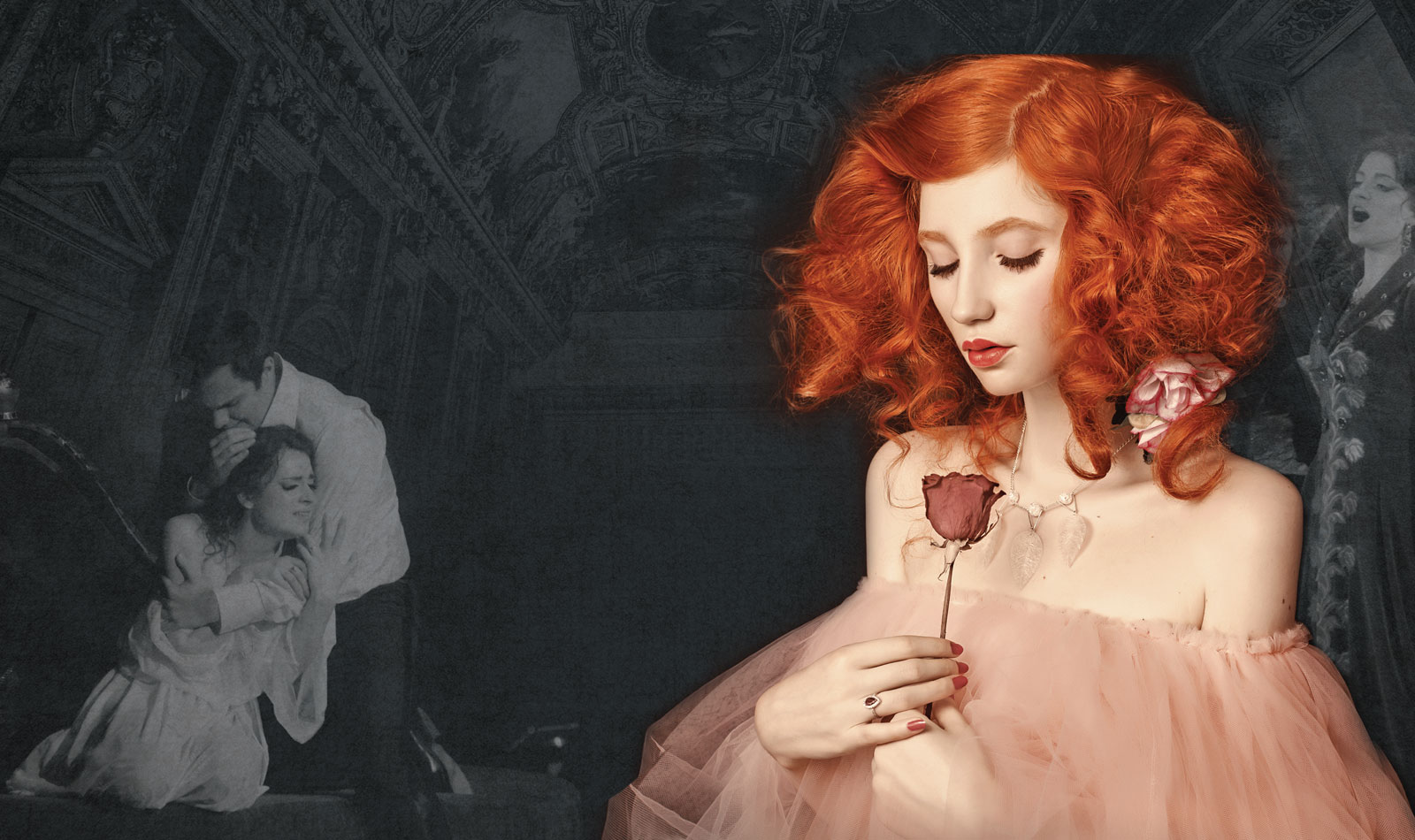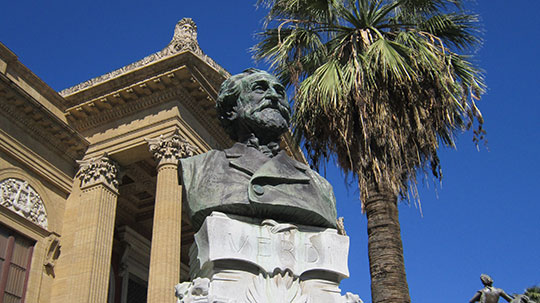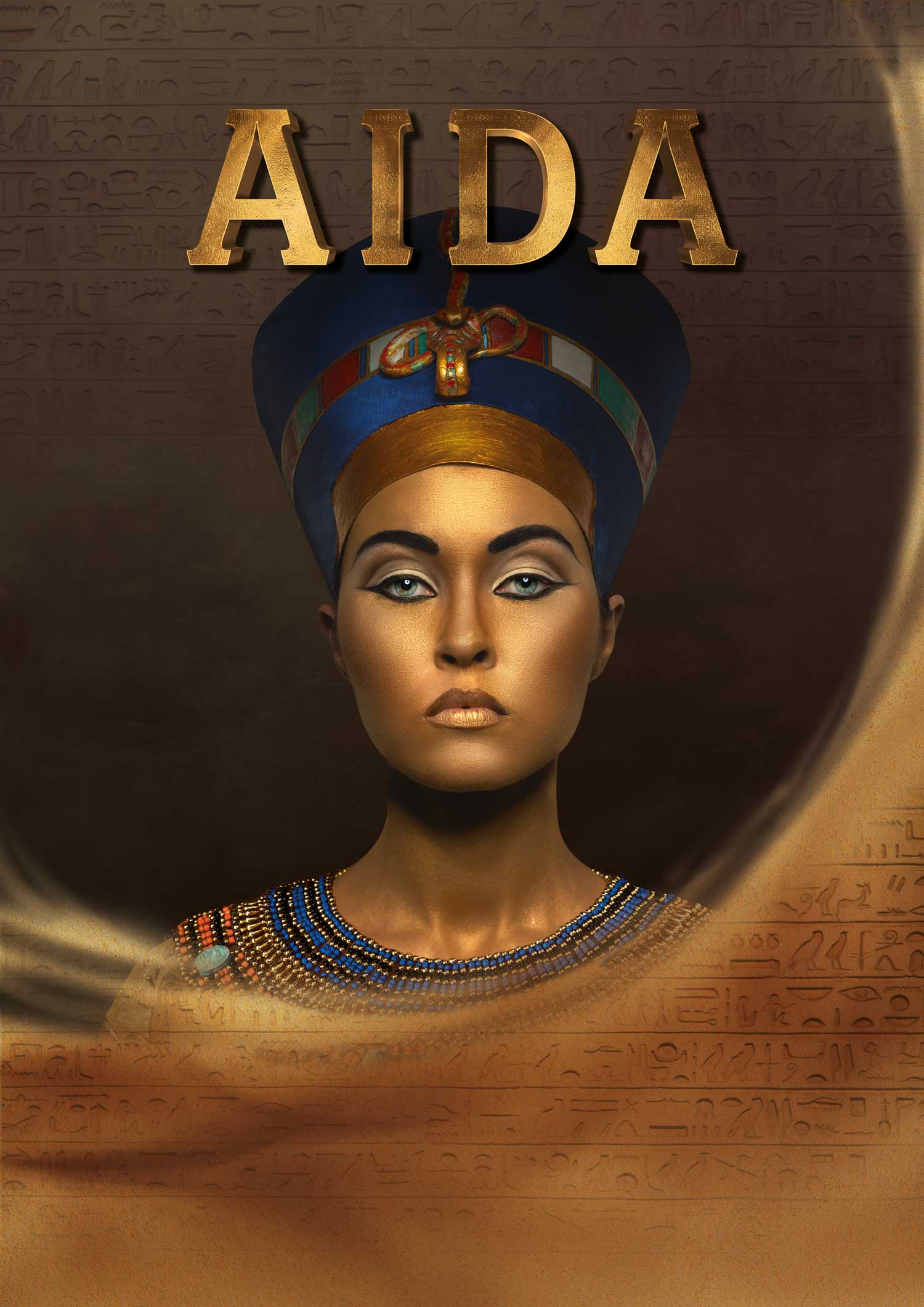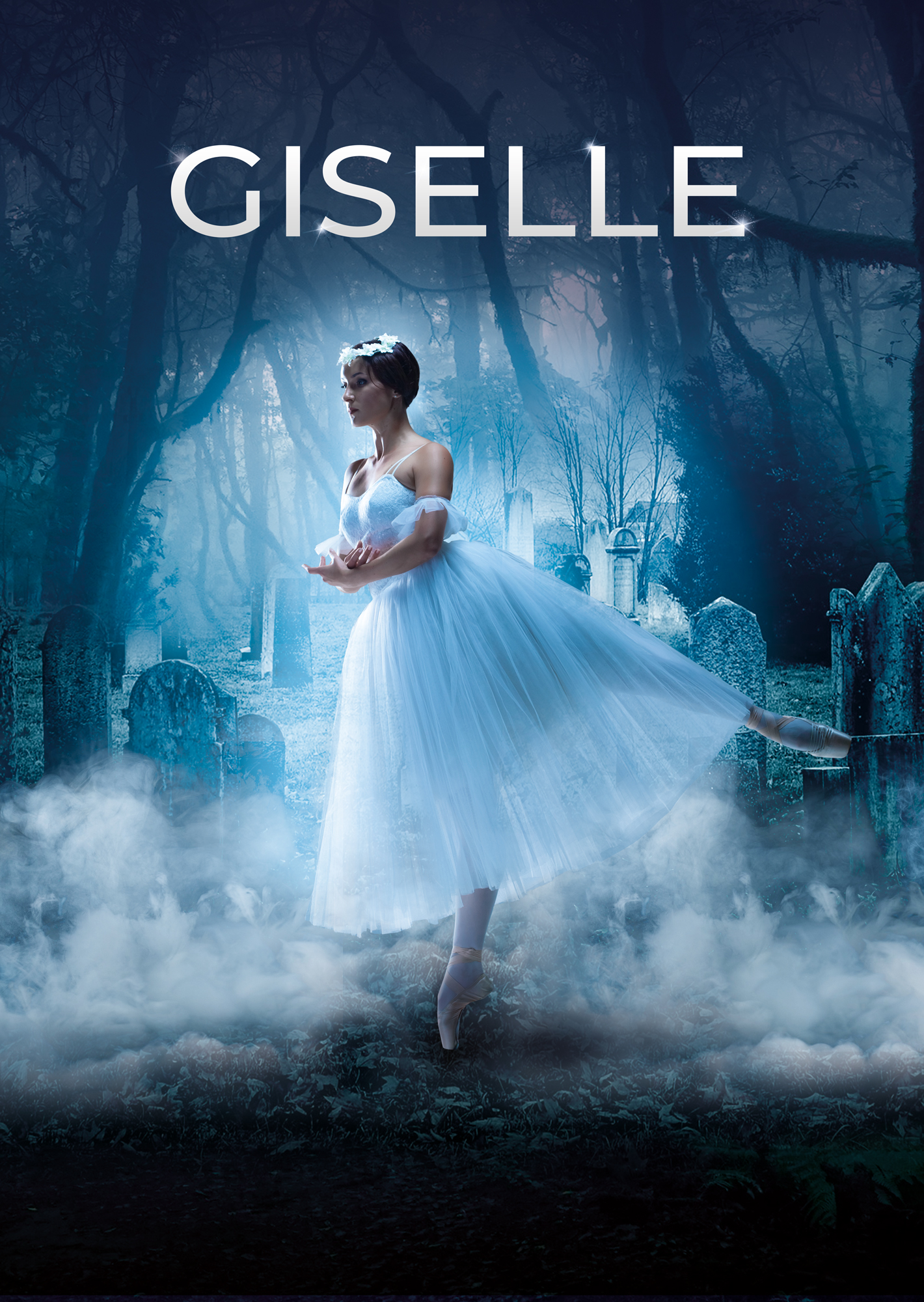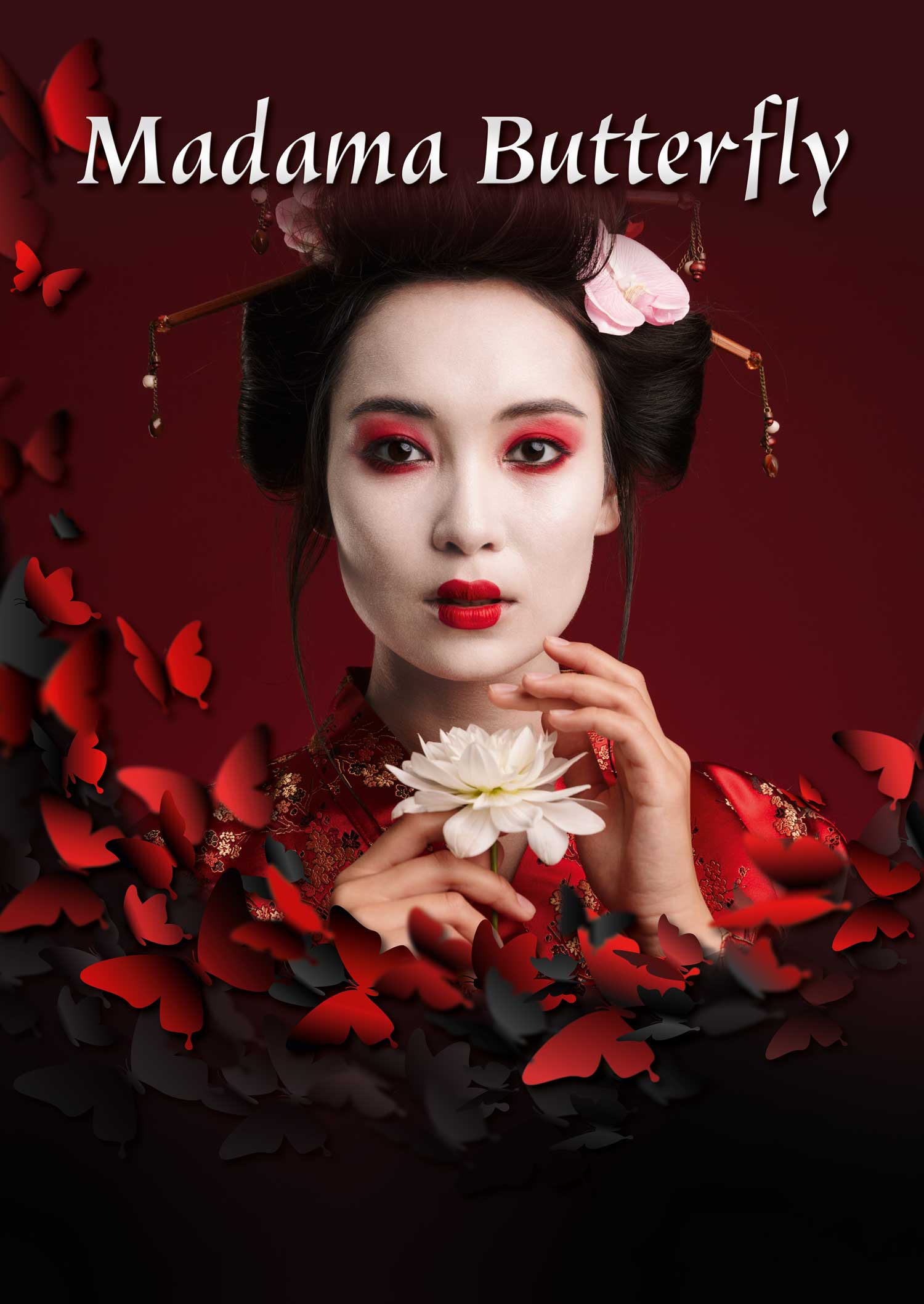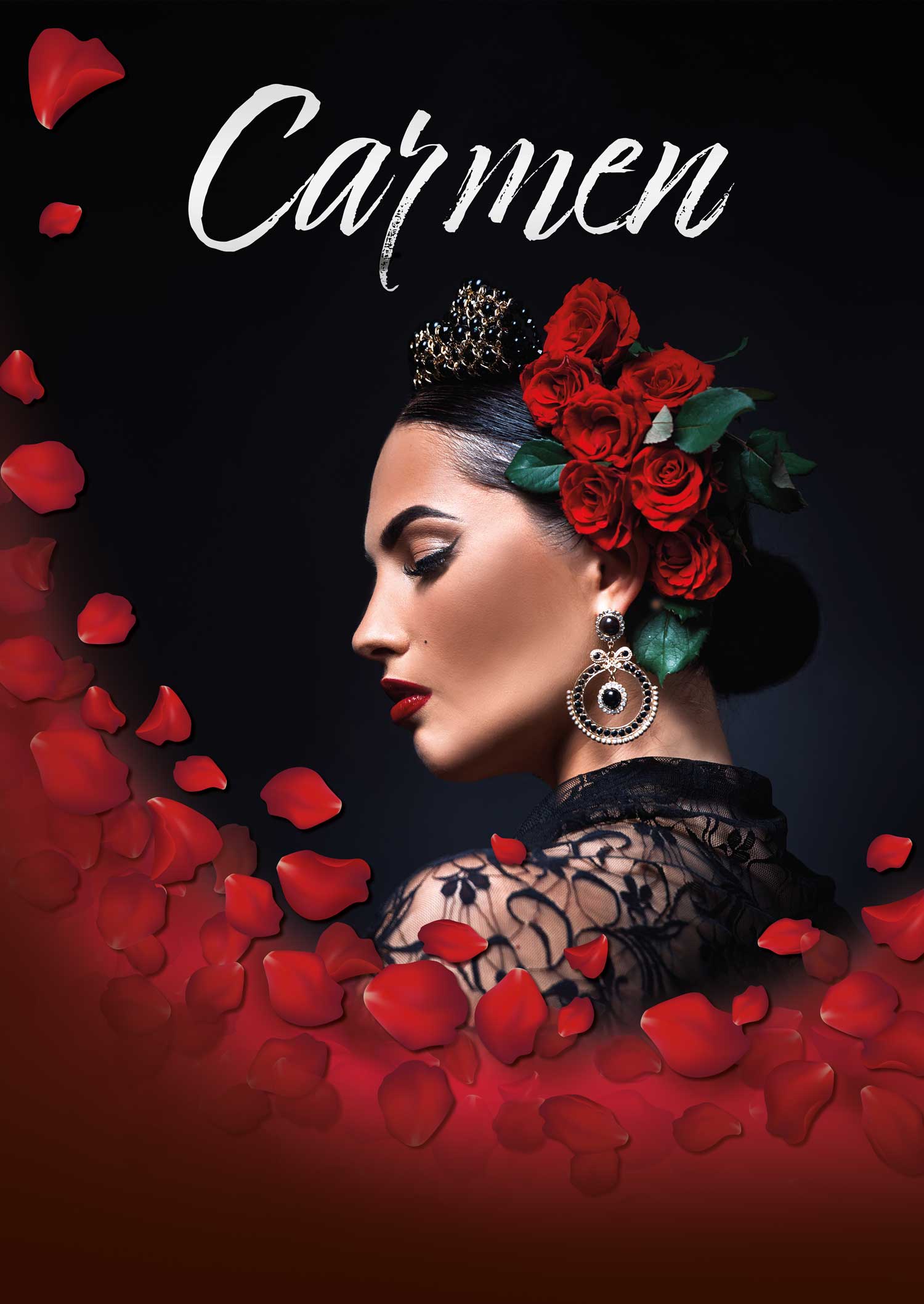It was jeered at times by the audience, who directed some of their mockery at the casting of soprano Fanny Salvini-Donatelli in the lead role of Violetta. Though she was an acclaimed singer, they considered her to be too old (at 38) and too overweight to credibly play a young woman dying of consumption. Verdi had previously attempted to persuade the manager of La Fenice to re-cast the role with a younger woman, but with no success. Nevertheless, the end of the first act was met with applause and cheering; but in the second act, the audience began to turn against the performance, especially after the singing of the baritone (Felice Varesi) and the tenor (Lodovico Graziani). On the following day, Verdi wrote to his friend Muzio in what has now become perhaps his most famous letter: “La Traviata last night a failure. Was the fault mine or that of the singers? Time will tell.”
There is no doubt that Verdi knew La Traviata was a masterpiece and, given the right cast, that it would triumph. After some revisions between 1853 and May 1854, mostly affecting Acts 2 and 3, the opera was presented again in Venice, this time at the Teatro San Benedetto. This performance was a critical success, largely due to Maria Spezia-Aldighieri’s portrayal of Violetta. The opera (in its revised version) was first performed in Vienna on 4th May 1855. In England it had its premiere on 24th May 1856 at Her Majesty’s Theatre in London, where it was considered morally questionable.
Its first performance in the United States took place on 3rd December 1856 at the Academy of Music in New York. The Evening Post critic wrote: “Those who have quietly sat through the glaring improprieties of Don Giovanni will hardly blush or frown at anything in La Traviata.” France saw its first performance on 6th December 1856, at first in Italian by the Theatre Italien at the Salle Ventadour in Paris. The first performance in the French language was staged on 27th October 1864, under the title of Violetta (an adaptation by Edouard Duprez) at the Theatre Lyrique.
The French adaptation of the libretto was published in 1865. Piave and Verdi wanted to follow Dumas in giving the opera a contemporary setting, but the authorities at La Fenice insisted that it be set in the past, around 1700. It was not until the 1880s that the composer and librettist’s original wishes were carried out and “realistic” productions were staged. The title La Traviata is usually translated as The Fallen Woman. A more accurate translation would be The Fragile or Weak Woman. The latter captures more of the heroine’s physical fragility and vulnerability in a world dominated by masculine double-standards and moral selfishness.
Verdi’s private life at that time was much frowned upon by the self-righteous, disapproving Italian society. His domestic arrangements, which included Giuseppina Strepponi to whom he was not married, drew critical comment from strangers and relations. The treatment Giuseppina received from her neighbours must have contributed to the sensitive depiction of Violetta. When Verdi decided upon the theme for his new opera, his librettist, Francesco Maria Piave, said he had never seen the maestro so excited about a project. In fact, Piave’s libretto for Verdi’s opera was a great deal more socially acceptable than Alexandre Dumas’ book La Dame aux Camelias.
Despite frequently longing for something new and modern, Verdi was not ready to forsake the operatic conventions of his time. What was modern about La Traviata was the costume. Verdi wanted the characters dressed in contemporary clothes. The audience was startled and disturbed by this innovation. Had the composer not held Italy in the palm of his hand at that time, La Traviata may well have been forgotten after its first production. Instead, La Traviata is now acclaimed as Verdi’s ultimate tour de force.
